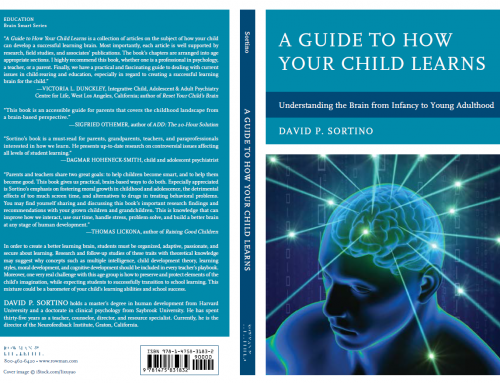Today’s complicated car engines often seem analogous to the workings of a students’ learning brains.
To continue the analogy, car mechanics and teachers do not get the credit they deserve for dealing with the increased complexity in their professions. For example, compare yesterday’s cars and students with today’s cars and students and you begin to see the increased intricacy of care required in both professions.
Years ago, teaching was far less complicated.
Today’s teachers have to be far more trained and professionally resilient to teach students who have been exposed to all sorts of different kinds of learning environments: public/private schools, home schools, etc.
As a student, there was only one neighborhood K-8th school. Further, for years, our public school teachers taught the same curriculum to my brothers, sisters, etc. There was a sense of stability, yet substance in the less complicated curriculums in the earlier teaching approaches.
Conversely, our cars were equally uncomplicated. I could personally change the oil and do a tune-up on my 1971 Saab with little or no problem. However, recently I brought my (new) car in for servicing. My mechanic, a man with very impressive credentials that hung on his wall, hooked up my car to a very pretentious looking machine. The entire experience was now computerized and seemed far more complicated than the cars of yesterday.
The same can be said of the teaching profession.
In other words, teachers not only are required to have advanced degrees beyond a bachelor’s degree, but must also be trained and possess certificates defined with important sounding acronyms like CLAD or SYDAE to name but a few of the certificates required to teach to different student cultures. Car mechanics often must be trained to service a variety of foreign cars representing different countries and cultures as well. .
In addition, today’s teachers must deal with what I like to call the alphabet soup of student labeling, which only makes the teacher’s role more complicated. Teachers must be able to spout off and understand additional acronyms such as LH, SED, SDC APE, IEP and 504. For the car mechanic, the language is as daunting: GPS, Hy-wire, ECU, ABS and so forth.
And let’s not forget cost.
During my time, the cost to educate a student was far less. Today, the cost is about $9,000 to educate one California high school student. As for cars, a new VW sold for about $1,999. The cost to educate a child is expensive, particularly if something goes wrong with the learner. It can cost over $100,000 to incarcerate a juvenile offender! I do not need to mention what I recently paid for a major engine repair.
When you think about how complicated it is to service cars and teach students we must go back to my original premise and give credit to where credit is due.
When you look at the number of recalled cars and low student test scores, much of the blame should not go to the mechanic or teacher, but to the dilemma that teachers and mechanics must now face with the proliferation of the electronics used by cars and students. That is, when you are hooked up to cellphones, computers etc. and cars to the aforementioned GTS, ABS ECU systems, the simplicity of the teacher/student relationship and mechanic/car has become a thing of the past.
Therefore, the next time you bring your car to be serviced, think about how good your mechanic must be. The same should be said for your child’s teacher, or what I like to call the mechanics of teaching, as both seem to be cut from analogous molds.
Dr. David Sortino, a psychologist and current director of Educational Strategies, a private consulting company catering to teachers, parents, students. To contact Dr. Sortino, e-mail davidsortino@comcast or on his blog:Dr. David Sortino


